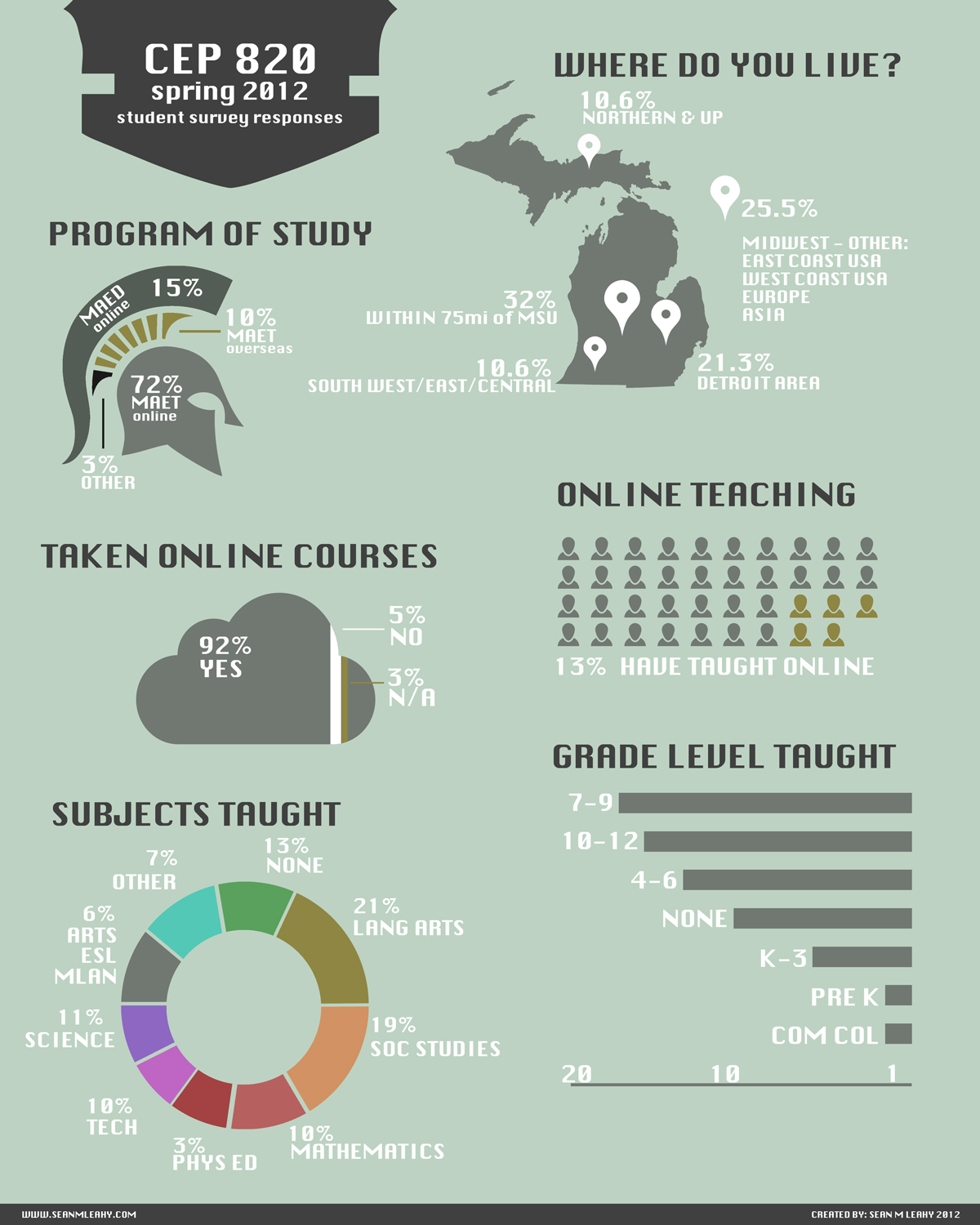New publicaiton for the 9th annual International Conference on Education and New Learning Technologies EDULEARN17 (Barcelona, July 3-5, 2017):
FOUNDATIONS OF VIDEO PRODUCTION: AN INTENSIVE COURSE MODULE ON BEST PRACTICES TO ENHANCE EXPERIENCES OF EDUCATIONAL TECHNOLOGY EDUCATORS AND PROFESSIONALS
Link to paper abstract: EDULEARN2017 Proceedings
This paper and virtual presentation was created around my work developing intensive short-courses in media and technology for the Masters Program in Educational Technology (MAET) at Michigan State University. More specifically, this paper focuses on a recent development of video production foundations for non-video/media professionals. In a way this type of intense module can be thought of as "film school in a day" where the focus is on learning the fundamentals in a very approachable way to get students up and running with solid pre-production, production, and post-production experiences to enhance their video projects.
Abstract
The purpose of this virtual presentation is to share the structure and experiences of an intensive learning module on video production best practices developed as part of a capstone summer experience for a master of arts educational technology program. This learning module was conducted as part of a four-week international master’s program located in Galway Ireland. The students that participated were enrolled in the Master of Arts in Educational Technology (MAET) from Michigan State University. The learning module on the foundations of video production was developed as a key component to the capstone curriculum of the three-year degree program. Learning how to effectively use video, and teach video production in educational settings is a key component of educational technology. Video has been shown to enhance training in distance based learning (Bayram, 2013), increase the online social presence of an instructor (Borup, West, & Graham, 2012), and through various production methods affect student engagement (Guo, Kim, & Rubin, 2014). While there are many production oriented guides for filmmakers and video professionals, often there is little overlap into formal educational training. This learning module entitled “Foundations of Video Production” was developed to abstract the core essence of traditional film, or video production coursework and provide a practical program to get any level of educational professional “up to speed” with contemporary video production equipment, techniques, and best practices that can be adopted and implemented immediately in their own work, or in their respective classrooms. This learning module was delivered over the course of one week to the capstone cohort of educational technology graduate students. The aim of this learning module was to break down the video production process into its core elements; pre-production, production, and post production. Within each section students were presented with contemporary practical guides on the technology (both hardware and software), aesthetic components, and hands on active learning exercises. Attendees of this presentation will benefit from best practices on how to integrate video production learning modules into educational technology programs or coursework, and a review of the challenges and opportunities that were identified from the successful integration of this learning module.
References:
[1] Bayram, L. (2013). Enhancing an Online Distance Education Course with Video. Procedia - Social and Behavioral Sciences, 83, 463–467.
[2] Borup, J., West, R. E., & Graham, C. R. (2012). Improving online social presence through asynchronous video. The Internet and Higher Education, 15(3), 195–203.
[3] Guo, P. J., Kim, J., & Rubin, R. (2014). How video production affects student engagement: an empirical study of MOOC videos (pp. 41–50). ACM Press.









